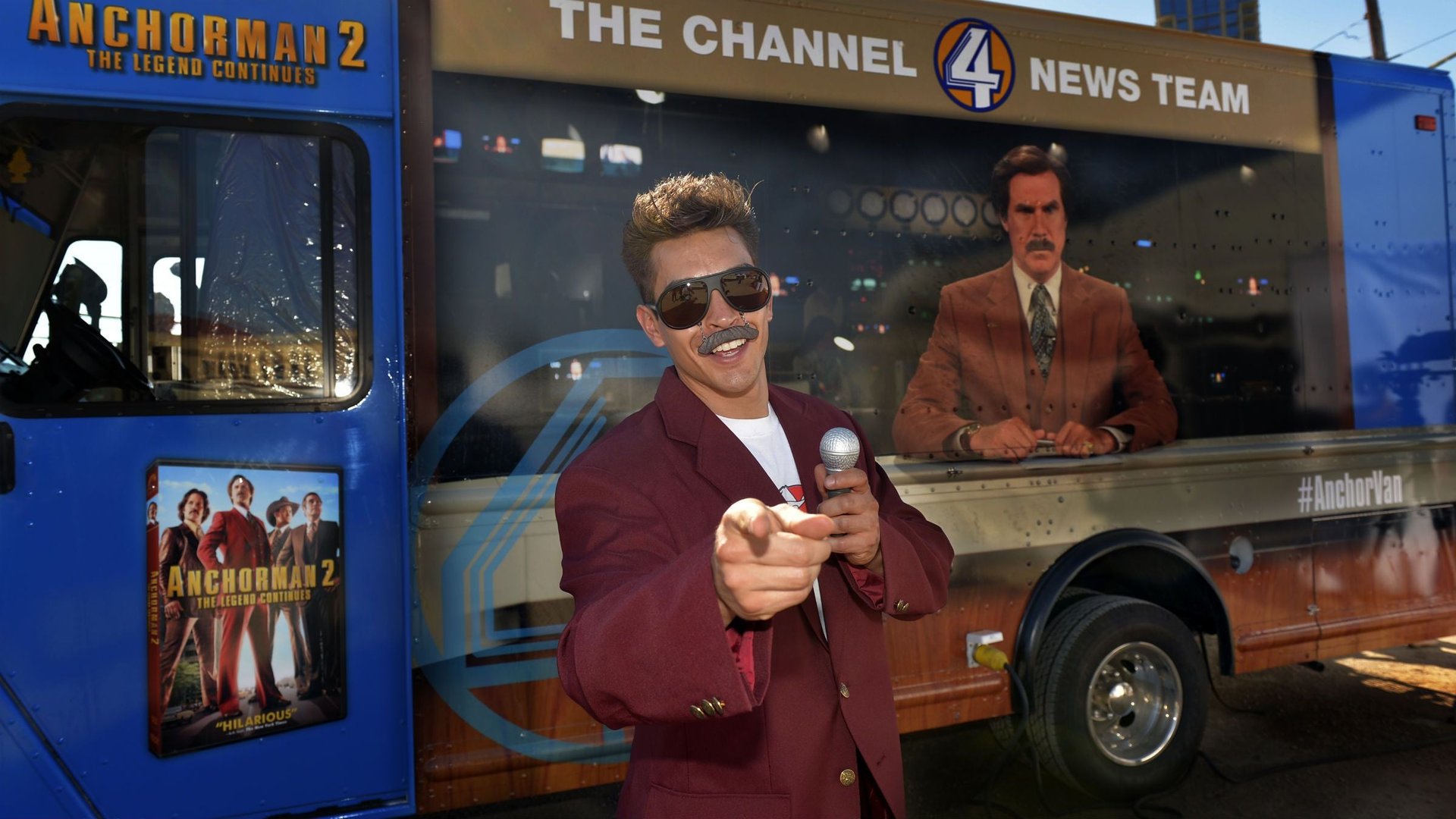The hot startup at SXSW this year was plain old television
AUSTIN, Texas—There was no breakout mobile app, no hot new startup, no celebrity founder holding court over the conference. But everywhere one turned at South By Southwest Interactive, people were talking about television.


AUSTIN, Texas—There was no breakout mobile app, no hot new startup, no celebrity founder holding court over the conference. But everywhere one turned at South By Southwest Interactive, people were talking about television.
Jimmy Kimmel brought his ABC talk show here for a week. His face was plastered over the commuter train that arrived in front of the convention center every half hour with a loud honk of its horn. Seth Meyers also showed up to promote his new late-night show on NBC and hand out free hamburgers on East 6th Street.
Though SXSW Interactive is a technology conference, some of the most popular speakers at this year’s event were TV stars: Mindy Kaling (The Mindy Project), Neil deGrasse Tyson (Cosmos), Andy Cohen (Watch What Happens: Live), and more. Even the film festival, held at the same time, gave way to the small screen with a keynote speech by Lena Dunham of Girls and premieres of new shows from Fox, HBO, and AMC. There weren’t really any standout movies.
Time Warner’s HBO had a much larger presence than previous years, including the most acclaimed and widely discussed exhibit at the conference: Its virtual reality demonstration, using an Oculus Rift headset, took people up and over the giant ice wall from Game of Thrones, which returns for a fourth season next month.
The network also fashioned pedicabs in downtown Austin into the show’s “iron throne.” (They competed with pedicabs promoting CBS’s Under the Dome, complete with plastic domes to shield riders from the rain.)
Perhaps the greatest indication of television’s outsized presence was that SXSW’s normally indefatigable nightlife ebbed briefly on Sunday night, when HBO aired the season finale of True Detective. Many conference attendees retreated for an hour to watch it.
New York Times media columnist David Carr, a perennial presence here, captured the cultural forces at work in his column published that same evening: “In the short span of five years, table talk has shifted, at least among the people I socialize with, from books and movies to television. The idiot box gained heft and intellectual credibility to the point where you seem dumb if you are not watching it.”
Many True Detective viewing parties, though, were thwarted by the crush of traffic to HBO Go that prevented streaming the show over the internet. Traditional cable TV in hotel rooms proved more reliable.
Indeed, it was striking that for all the talk of television at SXSW, most of it had little to do with the industry’s future. Internet TV was poorly represented and often criticized.
Media executives on one panel grumbled about web authentication systems for TV subscribers. And Kimmel, in an interview at his Austin studio, sniffed, “The fact of the matter is, the amount of money we make from selling commercials on television, is 100 times as much from what we make from people watching our YouTube videos. And until those things even out somewhat, we’re going to be focused on television.”
Netflix, the TV company one would most expect to see at a technology conference, didn’t have any official presence, though some executives attended the film festival. Internet TV service Aereo, which has its day in front of the US Supreme Court coming up, was more prominent at SXSW. But an event held for Aereo customers was mostly notable for its rowdiness.